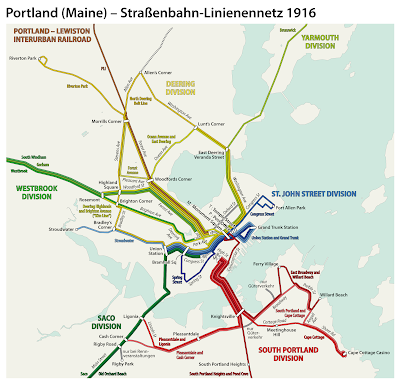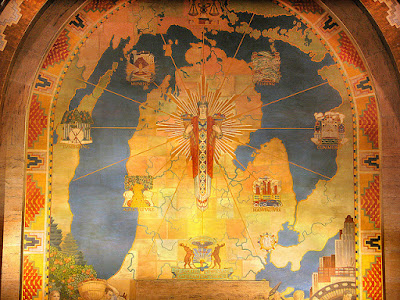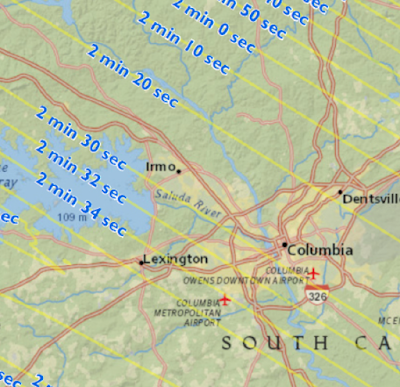At the risk of minimizing an awful tragedy, Hurricane Harvey has inspired some wonderful maps, particularly from the New York Times and Washington Post. This animation from the Times is spectacular. Click the play button and watch it unfold.
The Washington Post's cube showing the total rainfall is also pretty remarkable.
This only shows what rain had fallen as of August 27th so the situation has gotten much worse. In fact, here is an animation they just put on Twitter.
The total rainfall map is also quite striking. I lost the text on the image below but you almost don't need it. You can see the entire map with city labels, precipitation totals, legends and all by clicking on the picture.
Their map of rain gauges is also excellent.The arrows almost give it a three dimensional effect.
I tried to break out of the New York/Washington media to see what other maps are out there but these really are much better than anything else I've seen. The Houston Chronicle has little to offer for maps though they do have an impressive collection of photos of the devastation and rescue efforts. What is encouraging is to see many articles about cooking, sports and politics showing that life is getting back to normal for at least some people in the area.
The subtle dark circles indicating areas of peak rainfall create a remarkable sense of the storm's movement.With over 48 inches of rain, Harvey set a record for total rainfall from a tropical system in the continental U.S. https://t.co/0eFyv3RIby pic.twitter.com/S27hXOxhPm— NYT Graphics (@nytgraphics) August 29, 2017
The Washington Post's cube showing the total rainfall is also pretty remarkable.
This only shows what rain had fallen as of August 27th so the situation has gotten much worse. In fact, here is an animation they just put on Twitter.
They did a nice job highlighting buildings and areas on the background map.What would it look like if all 19 trillion gallons of water that fell on Southeast Texas since Friday were collected into a cube? pic.twitter.com/Cuq5VlqWsP— Post Graphics (@PostGraphics) August 30, 2017
The total rainfall map is also quite striking. I lost the text on the image below but you almost don't need it. You can see the entire map with city labels, precipitation totals, legends and all by clicking on the picture.
I tried to break out of the New York/Washington media to see what other maps are out there but these really are much better than anything else I've seen. The Houston Chronicle has little to offer for maps though they do have an impressive collection of photos of the devastation and rescue efforts. What is encouraging is to see many articles about cooking, sports and politics showing that life is getting back to normal for at least some people in the area.




































